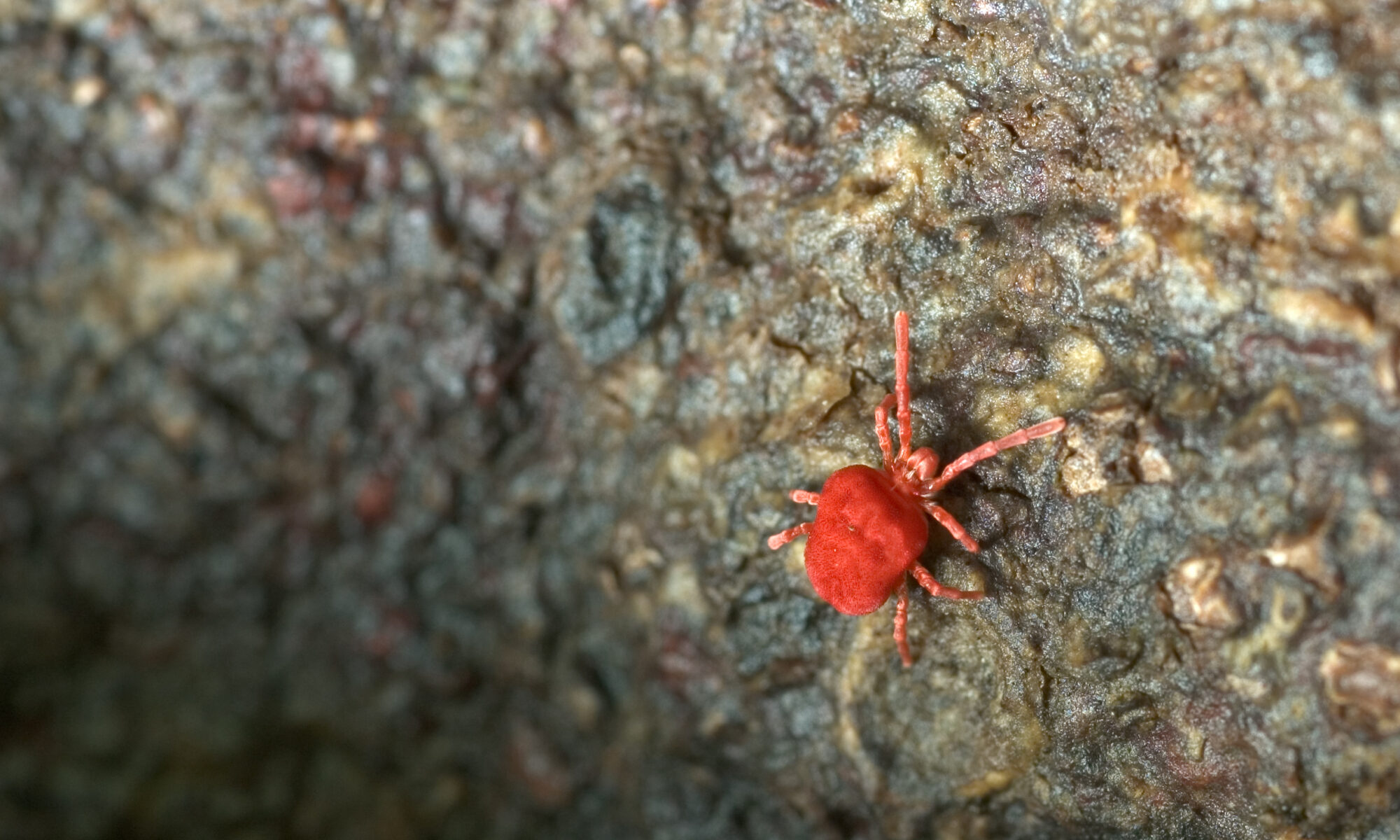The world of trees is vast, rich, and vital to our existence. But just as every story has an antagonist, so do our towering guardians face foes, some of which are microscopically tiny yet formidably destructive. Fine, silvery webs on your trees often give away the presence of an adversary, discreetly lurking – the spider mite.
The Unassuming Threat
Spider mites may sound somewhat mystical, almost charming. But don’t let the name fool you. Far from the friendly spiders that help control garden pests, these minuscule critters pose a significant risk to our leafy friends. Spider mites are not actually spiders. While they do belong to the arachnid family, they diverge from their spider cousins in their behaviors and feeding habits.
A Closer Look at The Enemy
Most spider mites are barely visible to the naked eye, often measuring less than a millimeter. Their minuscule size is a boon for them as they often remain undetected until significant damage is evident.
The Two-Spotted Spider Mite is one of the most common species and is a particularly stealthy foe. You might recognize them by the two distinguishing dark spots on their pale body. This tiny pest feeds on the cell contents of plants, literally sucking the life out of the leaves, which can cause immense harm before they’re ever spotted.
The Tell-Tale Signs of a Spider Mite Invasion
Knowledge is power. Recognizing a spider mite infestation early can save a lot of heartache. Here’s how to identify their destructive presence:
- Webbing: Beyond the gossamer threads of beneficial spiders, a fine, silky web enveloping the undersides of leaves often spells trouble. This webbing protects mites from predators and environmental conditions while they feast on your tree.
- Speckled Leaves: When leaves start showing tiny yellow or white spots, they’re signaling distress. These spots are feeding marks, where mites have drawn out the sap and nutrients.
- Dull or Drooping Foliage: Healthy trees exhibit vibrant, green foliage. If your tree’s leaves are wilting, drooping, or turning brown prematurely, it’s a sign that spider mites might be draining their vitality.
Why Should You Be Worried? The Consequences of a Spider Mite Infestation
Spider mites, despite their diminutive size, can wreak havoc on your trees. Their impacts are not only aesthetic but also have deeper implications:
- A weakened tree: Continuous feeding by spider mites stresses the tree, reducing its ability to photosynthesize and grow.
- Foliage loss: As mites feed, leaves become damaged, leading them to fall off prematurely. This defoliation can further weaken the tree and expose it to other threats.
- Economic repercussions: For individuals or businesses growing trees for commercial purposes, a spider mite infestation can mean reduced yield and quality, translating to financial losses.
Fighting Back: Solutions for Spider Mites
A well-informed strategy is your best defense. Here’s how you can counteract these miniature marauders:
Neem Oil
A gift from nature, neem oil is a safe and effective mite deterrent. When sprayed, it forms a protective layer on leaves, deterring mites from laying eggs and disrupting their life cycle.
Beneficial Insects
Nature often provides its own checks and balances. Releasing natural predators like ladybugs and predatory mites can help control spider mite populations. These beneficial insects feed on spider mites, reducing their numbers naturally.
Regular Inspections
By frequently examining your trees, especially during the warmer months when mites are most active, you can catch an infestation early and take action before significant damage occurs.
Embracing Prevention Over Cure
Reactive measures, though helpful, often mean the damage is already done. Emphasizing prevention can save time, money, and heartache:
- Soil Health: Ensure that your tree’s soil is well-aerated and retains moisture. Spider mites thrive in dusty conditions, so a well-maintained ground can discourage them.
- Avoid Broad-Spectrum Pesticides: Such pesticides might kill beneficial insects that naturally control spider mite populations. By preserving these natural predators, you’re using nature’s own defense mechanisms.
- Stay Vigilant During Dry Spells: Spider mites are more active in dry, hot conditions. Increase your inspection frequency during such periods.
Every Tree Deserves the Best
Trees, with their towering presence and years of silent wisdom, are invaluable. Whether providing shade on a sunny day, producing oxygen, or simply adding aesthetic beauty, they play vital roles in our environment and lives.
While spider mites might be minute, their potential for harm is monumental. By equipping ourselves with knowledge and taking proactive steps, we can ensure our trees continue to flourish.
If you’re keen on ensuring your trees receive the best care, consider professional assistance. Sexy Trees is a company with a profound passion for tree welfare. They offer specialized services tailored to each tree’s unique needs, ensuring optimal health and growth.
Give your trees the premium care they deserve. Connect with Sexy Trees today. Let’s join hands for a greener, thriving tomorrow! 🍃🌍
 Bringing Sexy Back Into Your Yards
Bringing Sexy Back Into Your Yards 
